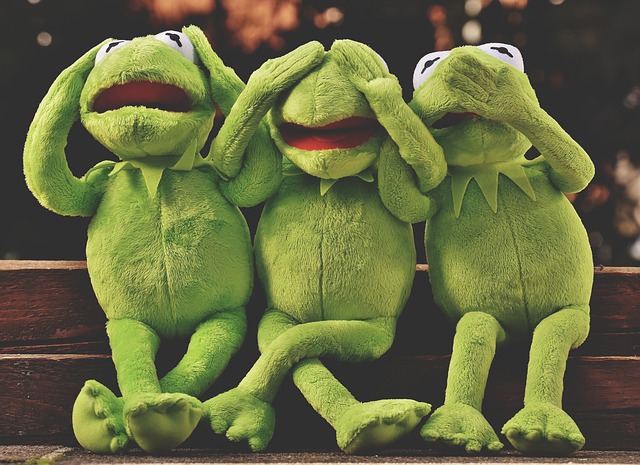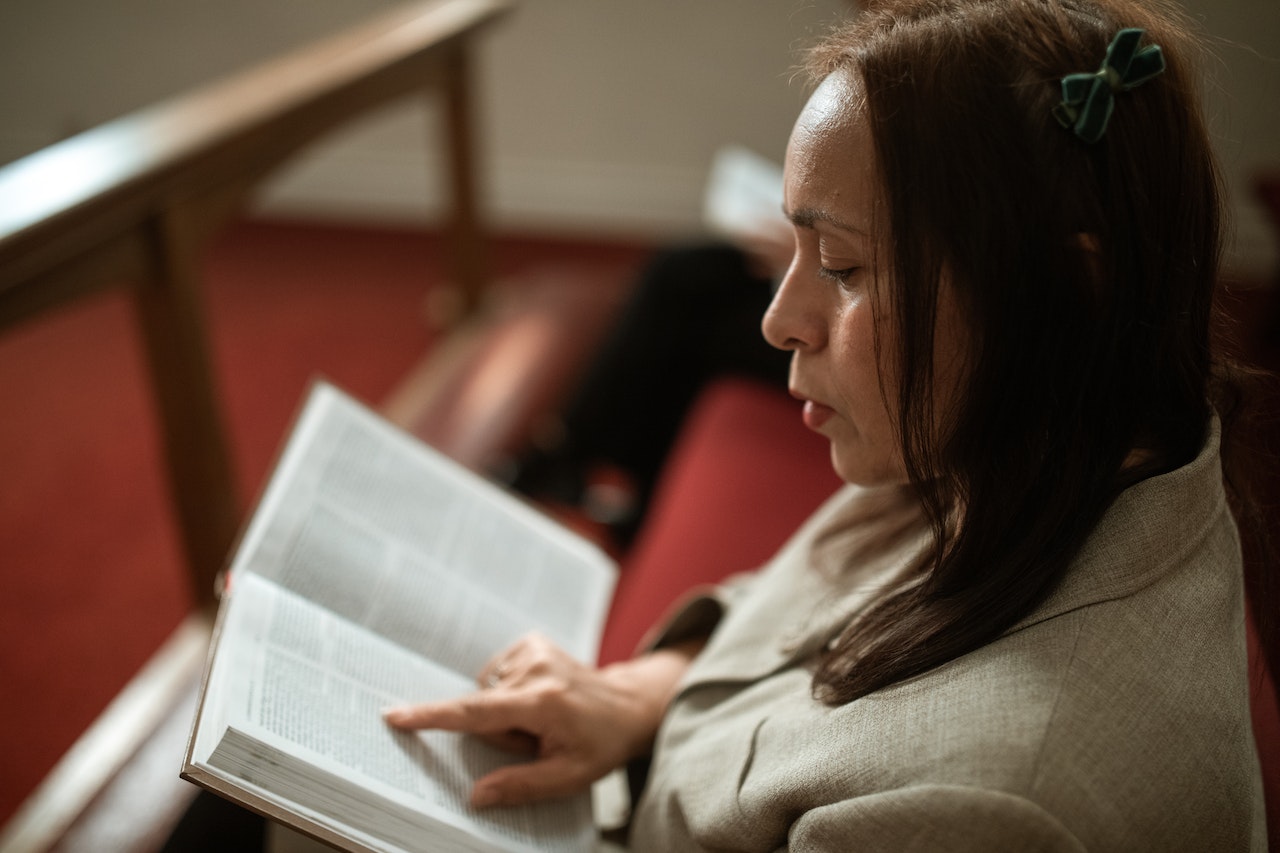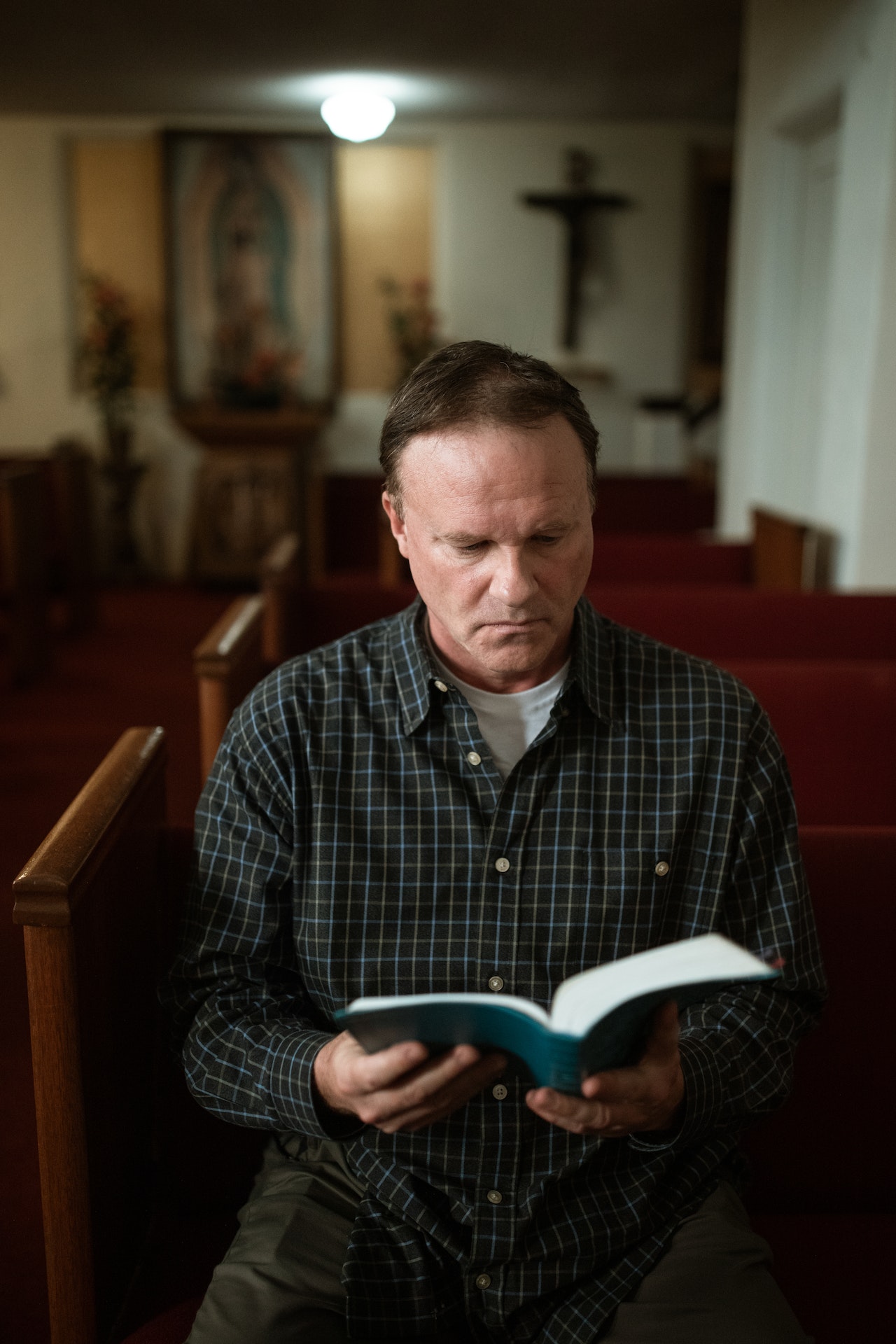The evil eye is a popular symbol believed to protect against negative energy and bring good luck. It is commonly hung in various locations to ward off evil spirits and ill intentions.
Table of Contents
The History and Origins of the Evil Eye
Have you ever heard of the evil eye? It’s a fascinating concept that has been around for centuries, and it’s still widely believed in many cultures today. But where did this belief come from? Let’s take a journey back in time to explore the history and origins of the evil eye.
The concept of the evil eye can be traced back to ancient civilizations such as the Greeks and Romans. They believed that certain individuals had the power to cast a malevolent gaze upon others, causing harm or misfortune. This belief was deeply ingrained in their culture, and they took great precautions to protect themselves from the evil eye.
In fact, the belief in the evil eye was so strong that people would often wear amulets or talismans to ward off its effects. These amulets were typically in the shape of an eye and were believed to have the power to repel the evil eye. They were made from various materials such as glass, metal, or even precious stones, and were worn as jewelry or hung in homes and businesses.
But why an eye? The eye has long been associated with protection and spiritual significance in many cultures. It is believed to have the power to see beyond the physical realm and into the spiritual world. By wearing or displaying an eye-shaped amulet, people believed they could harness this power and protect themselves from the evil eye.
As time went on, the belief in the evil eye spread to other cultures and regions. In the Middle East, for example, the evil eye is known as “nazar” and is deeply rooted in Islamic traditions. The nazar is often depicted as a blue eye-shaped amulet and is believed to protect against envy and ill-wishing.
In some cultures, the evil eye is not only seen as a curse but also as a blessing. It is believed that those who possess the evil eye have the power to bestow good luck and protection upon others. This belief is particularly strong in Mediterranean countries such as Greece and Turkey, where the evil eye is a popular symbol of good fortune.
Today, the belief in the evil eye continues to thrive, and its symbolism can be found in various forms of art and design. You may have seen the evil eye symbol on jewelry, clothing, or even home decor. It has become a trendy and fashionable motif, embraced by people all over the world.
So, where do you hang the evil eye? Well, the answer is anywhere you feel the need for protection or good luck. Whether it’s in your home, your car, or even on your person, the evil eye can serve as a constant reminder of the power of belief and the importance of protecting oneself from negative energies.
In conclusion, the history and origins of the evil eye are deeply rooted in ancient civilizations and continue to be embraced by cultures worldwide. The belief in the evil eye serves as a reminder of the power of the gaze and the need for protection against negative energies. So, next time you come across an evil eye amulet or symbol, remember its rich history and the significance it holds for those who believe in its power.
Cultural Beliefs and Superstitions Surrounding the Evil Eye

The evil eye is a fascinating concept that has been a part of various cultures and superstitions for centuries. It is believed to be a curse or a malevolent glare that can cause harm or misfortune to those who are on the receiving end. But where do people hang the evil eye to protect themselves from its negative effects?
In many cultures, the evil eye is taken very seriously, and people go to great lengths to protect themselves from its influence. One common belief is that hanging an evil eye amulet or talisman in your home or workplace can ward off the evil eye and bring good luck. These amulets are often made of blue glass or ceramic, and they are believed to absorb the negative energy and protect the space and its inhabitants.
In some cultures, the evil eye amulet is hung near the entrance of the house or office. This is done to ensure that anyone who enters the space is immediately protected from the evil eye’s harmful effects. By placing the amulet at the entrance, it acts as a barrier, preventing any negative energy from entering the space and affecting the people inside.
Others believe that hanging the evil eye amulet in specific areas of the house can bring additional benefits. For example, hanging it in the living room is thought to promote harmony and positive energy among family members and guests. Similarly, hanging it in the bedroom is believed to protect against nightmares and promote restful sleep.
In addition to hanging the evil eye amulet in physical spaces, some people also wear it as jewelry. Wearing an evil eye pendant or bracelet is believed to provide personal protection against the evil eye’s influence. It is thought that the amulet acts as a shield, deflecting any negative energy that may be directed towards the wearer.
While the evil eye amulet is a popular form of protection, there are other cultural beliefs and superstitions surrounding the evil eye that do not involve hanging an amulet. For example, some cultures believe that certain gestures or actions can ward off the evil eye. In Greece, for instance, spitting three times is believed to protect against the evil eye’s curse. In Turkey, people may use a hand gesture called “nazar” to ward off the evil eye. This gesture involves making a fist with the thumb tucked inside and is believed to protect against the evil eye’s harmful effects.
It is important to note that the belief in the evil eye and the practices associated with it vary from culture to culture. While some cultures place great importance on protecting themselves from the evil eye, others may not give it much thought. However, regardless of personal beliefs, the evil eye remains a fascinating aspect of cultural superstitions and beliefs.
In conclusion, the evil eye is a concept that has captivated the imaginations of people across various cultures for centuries. Whether it is hanging an evil eye amulet in a specific location or performing certain gestures, people have developed various ways to protect themselves from its negative effects. While the effectiveness of these practices may be subjective, the belief in the evil eye continues to be a significant part of cultural beliefs and superstitions.
Different Types and Variations of Evil Eye Talismans
The evil eye is a powerful symbol that has been used for centuries to ward off negative energy and protect against harm. It is believed to have originated in ancient Greece and has since spread to various cultures around the world. The evil eye talisman is typically a blue eye-shaped amulet that is worn or hung in homes, cars, and even on jewelry. However, there are different types and variations of evil eye talismans, each with its own unique meaning and purpose.
One popular variation of the evil eye talisman is the Nazar Boncuk. This Turkish amulet is made of glass and is often found hanging in homes, offices, and cars. The Nazar Boncuk is believed to protect against the evil eye and bring good luck to its owner. It is commonly seen in the form of a blue eye, but it can also be found in other colors such as green and red. Many people hang the Nazar Boncuk in their homes or cars to ward off negative energy and bring positive vibes into their lives.
Another type of evil eye talisman is the Hamsa Hand. This Middle Eastern symbol is shaped like a hand with an eye in the center. The Hamsa Hand is believed to provide protection against the evil eye and bring good fortune to its owner. It is often worn as jewelry, such as necklaces or bracelets, but it can also be found as wall hangings or keychains. Many people believe that wearing the Hamsa Hand will bring them luck and protect them from harm.
In addition to these variations, there are also evil eye talismans that are specific to certain cultures. For example, in Greece, the Mati is a popular evil eye talisman. It is typically a blue eye-shaped amulet that is worn or hung in homes and cars. The Mati is believed to protect against the evil eye and bring good luck to its owner. It is often seen as a symbol of Greek culture and is a common souvenir for tourists visiting Greece.
In the Middle East, the Khamsa is a popular evil eye talisman. Also known as the Hand of Fatima, the Khamsa is shaped like a hand with an eye in the center. It is believed to provide protection against the evil eye and bring good fortune to its owner. The Khamsa is often worn as jewelry, such as necklaces or bracelets, and is considered a symbol of protection and blessings.
No matter the type or variation, evil eye talismans are believed to have the power to protect against negative energy and bring good luck. Whether you choose to wear them as jewelry or hang them in your home or car, these talismans serve as a reminder to stay positive and ward off any negative vibes that may come your way.
In conclusion, the evil eye talisman comes in various types and variations, each with its own unique meaning and purpose. From the Nazar Boncuk to the Hamsa Hand, these talismans are believed to protect against the evil eye and bring good luck to their owners. Whether you choose to wear them or hang them, these talismans serve as a powerful symbol of protection and positivity. So, where do you hang the evil eye? The choice is yours!
How to Protect Yourself from the Evil Eye
Have you ever heard of the evil eye? It’s a belief that certain individuals have the power to cast a curse on others just by looking at them. Sounds pretty spooky, right? Well, if you’re feeling a bit uneasy about this whole concept, don’t worry! There are ways to protect yourself from the evil eye, and one popular method is by hanging an evil eye charm.
So, where exactly should you hang this charm? Well, the answer may vary depending on who you ask. Some people believe that the evil eye charm should be hung on the front door of your home. This way, it acts as a barrier, preventing any negative energy from entering your space. Others suggest hanging it near a window, as this is believed to be a common entry point for the evil eye.
But what if you don’t want to hang the charm outside? No problem! You can also place it inside your home, preferably in a prominent location. Some people like to hang it in their living room, where it can be easily seen by guests. Others prefer to keep it in their bedroom, as this is a personal space where they want to feel safe and protected.
Now, let’s talk about the different types of evil eye charms you can choose from. The most common one is the blue glass evil eye charm. This is believed to be the most powerful and effective in warding off the evil eye. You can find these charms in various shapes and sizes, from small pendants to larger wall hangings.
If you’re looking for something a bit more unique, you can opt for an evil eye charm made from other materials, such as metal or wood. These charms often come in intricate designs and can be a beautiful addition to your home decor. Just make sure that whatever charm you choose, it resonates with you and feels right for your space.
Now, let’s address a common question: can you wear an evil eye charm instead of hanging it? Absolutely! Wearing an evil eye charm as jewelry is a popular way to protect yourself from the evil eye. You can find evil eye bracelets, necklaces, and even earrings. Not only do these pieces serve as a form of protection, but they can also be stylish accessories to complement your outfit.
Lastly, it’s important to remember that the evil eye charm is not a magical solution to all your problems. It’s simply a tool to help you feel more secure and protected. It’s also important to maintain a positive mindset and surround yourself with positive energy. After all, the best defense against the evil eye is a strong and positive aura.
So, whether you choose to hang an evil eye charm on your front door, place it inside your home, or wear it as jewelry, the most important thing is to believe in its power and trust that it will protect you. Remember, the evil eye is just a belief, and by taking steps to protect yourself, you’re already taking control of your own destiny. Stay positive, stay protected, and may the evil eye never cast its gaze upon you!
Conclusion
The evil eye is typically hung in a place where it can be easily seen, such as on a wall, door, or window. It is believed to provide protection against negative energy and ward off evil spirits.
For licensing reasons, we must provide the following notice: This content was created in part with the help of an AI.


